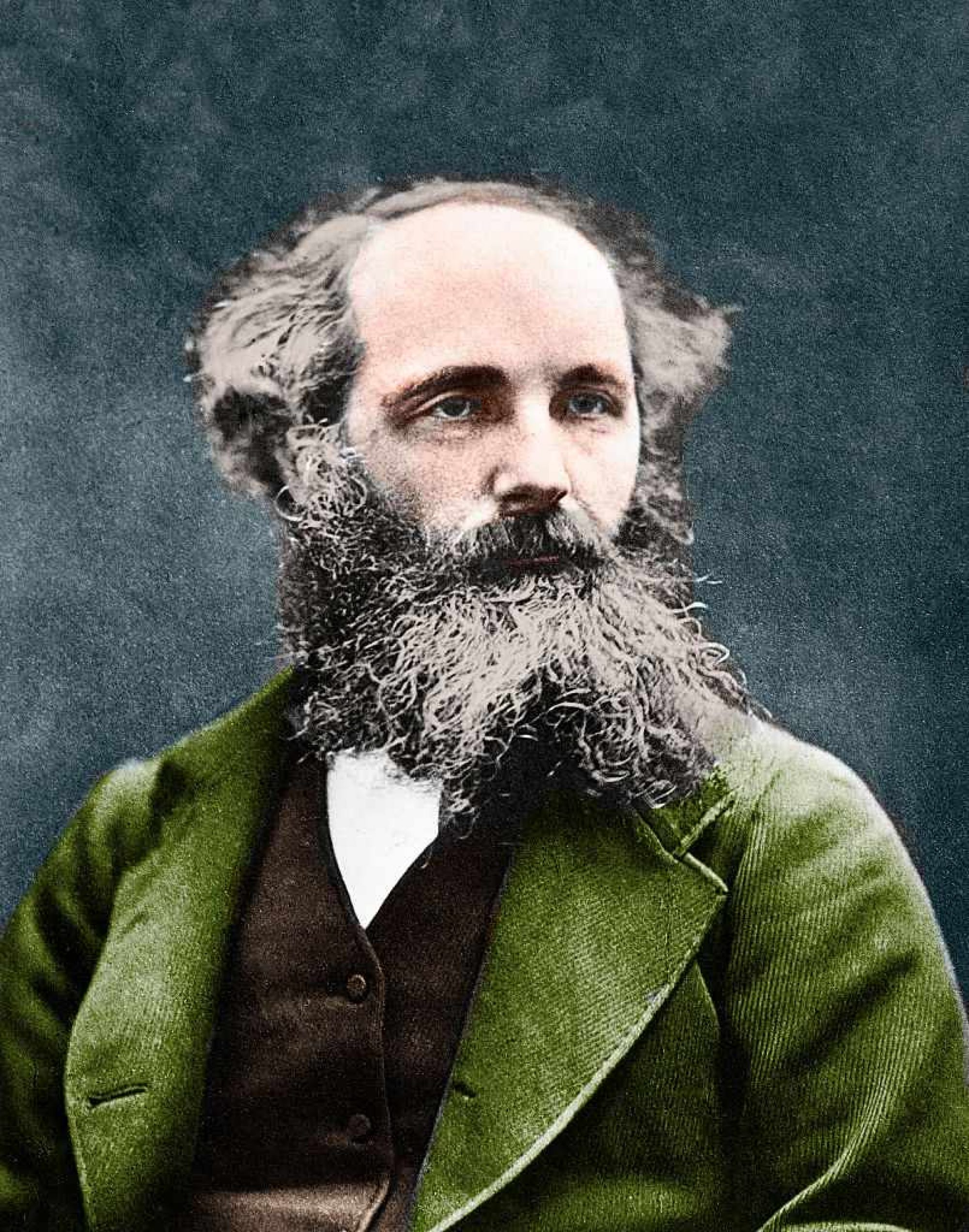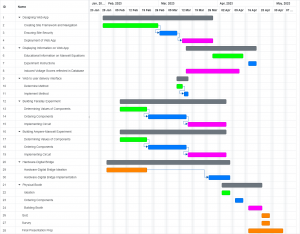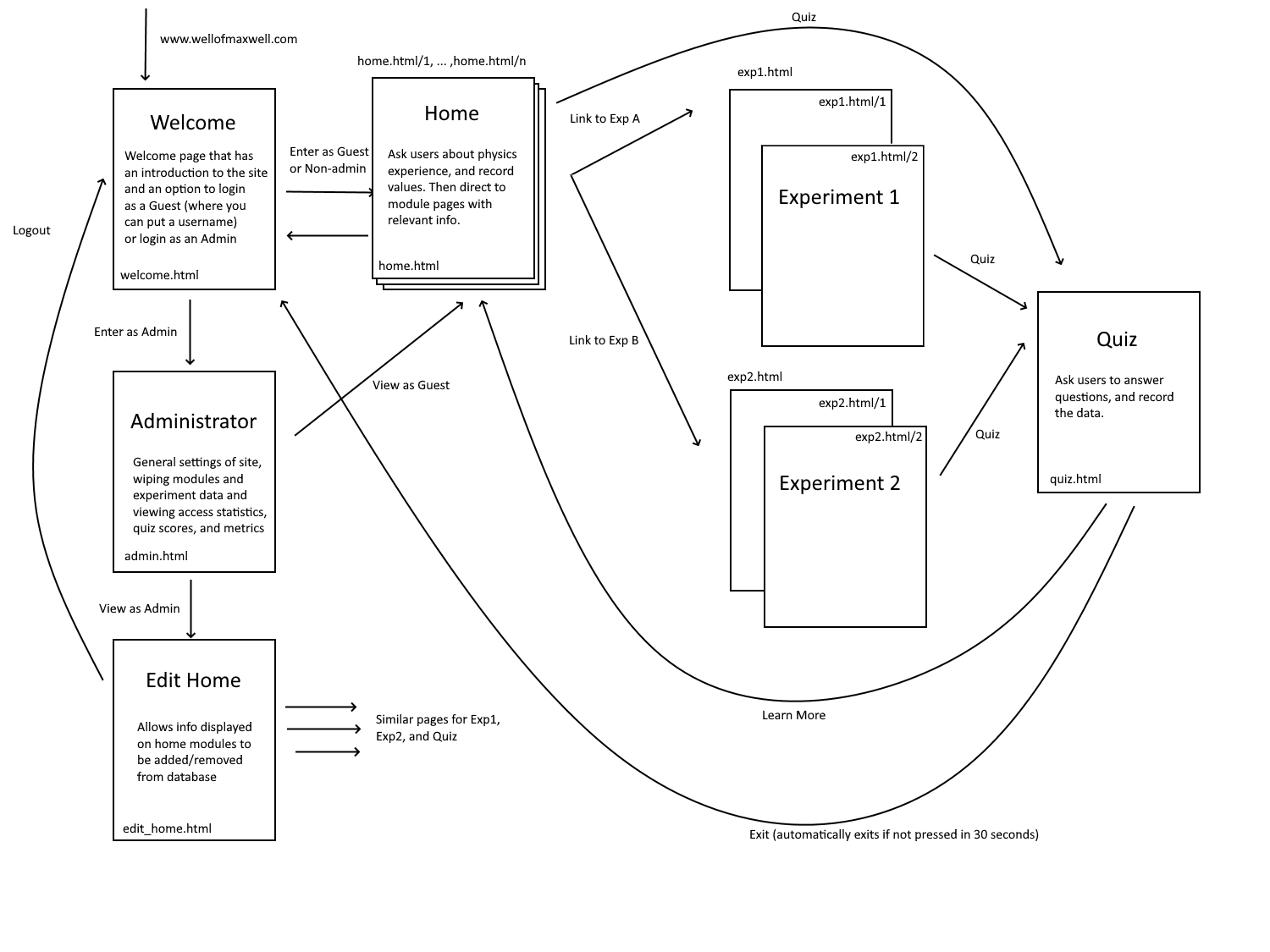At this point, our project is essentially completed as we have our experiments finalized and integration has been tested. There is no major risk that could jeopardize the completion of our project.
No changes were made to the design or schedule for our project.
Validation and Verification
- We first tested the accuracy of our voltage readings. We did that by comparing the maximum peak to peak voltage recorded in Scopy to the voltages recorded on the web app via the ADALM. We were within our passing criteria of a maximum 3% error rate. This was expected as the ADALM oscilloscopes are very accurate themselves.
- To ensure low latency for the web app animation update when we make a change to the physical circuit, we timed the time between when the crank is first turned to when the web app updates its graph, and we were within our passing criteria of a maximum 1 second latency. We therefore, did not need to change our design after this test either.
- To test the repeatability and reusability, we wanted to ensure the circuits last for around a 1000 attempts (any physical change made to the circuit). We tested that with the help of a power drill running continuously for around 1.5 to 2 minutes as shown in the final presentation. That helped ensure our experiment could last for long periods of repeated usage. For the Ampere’s law experiment, we essentially used the ADALM signal generator to produce an AC signal for the solenoid that would continuously deflect the compass to ensure it lasted for many rounds of battery polarity changes. Both the experiments passed the tests, ensuring our design is robust.
- Rotated magnets in the Faraday’s law experiment by hand and used an oscilloscope to measure the induced emf. A Vpp of 4.54 V was achieved at 6.65 Hz, which is higher than the turn on voltage of an LED. The induced emf was able to turn on two red LEDs in series, and a red and a blue LED in parallel.
- Measured the current through the Ampere’s law experiment to be around 2 A. The induced magnetic field strength is approximated to be 5.7 mT with Ampere’s law, which was able to deflect the needle of the compass significantly (~180 degrees).



